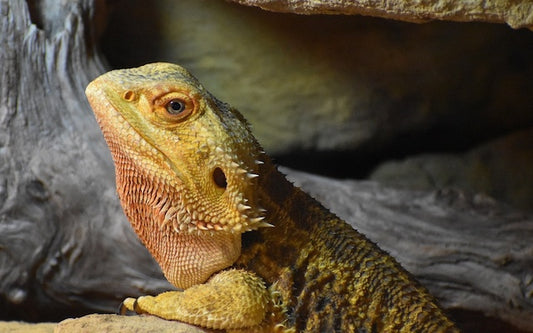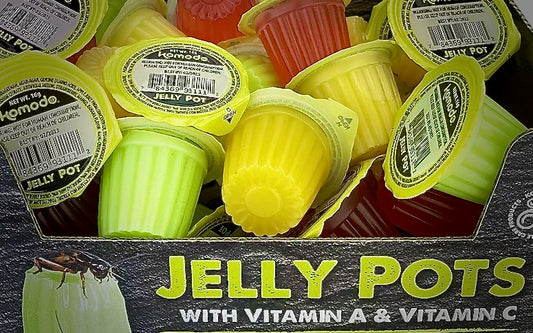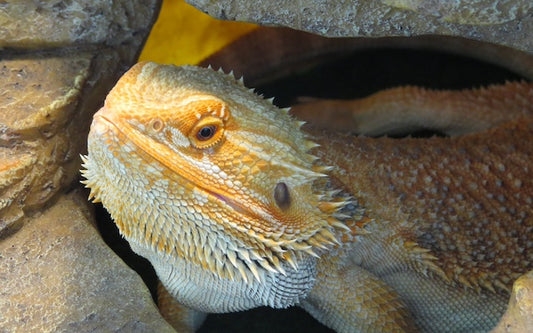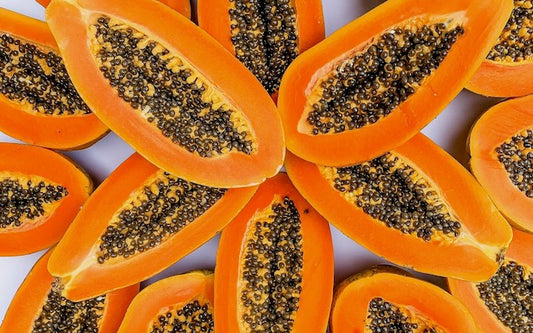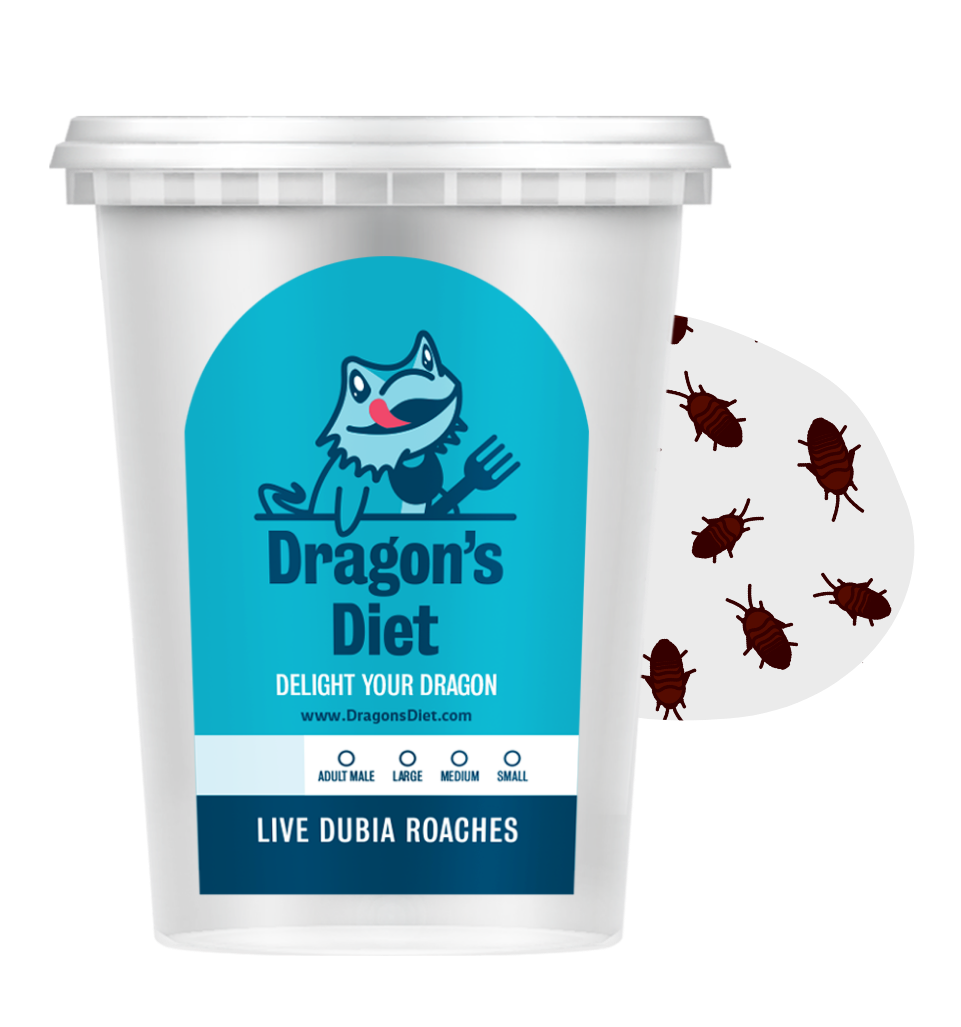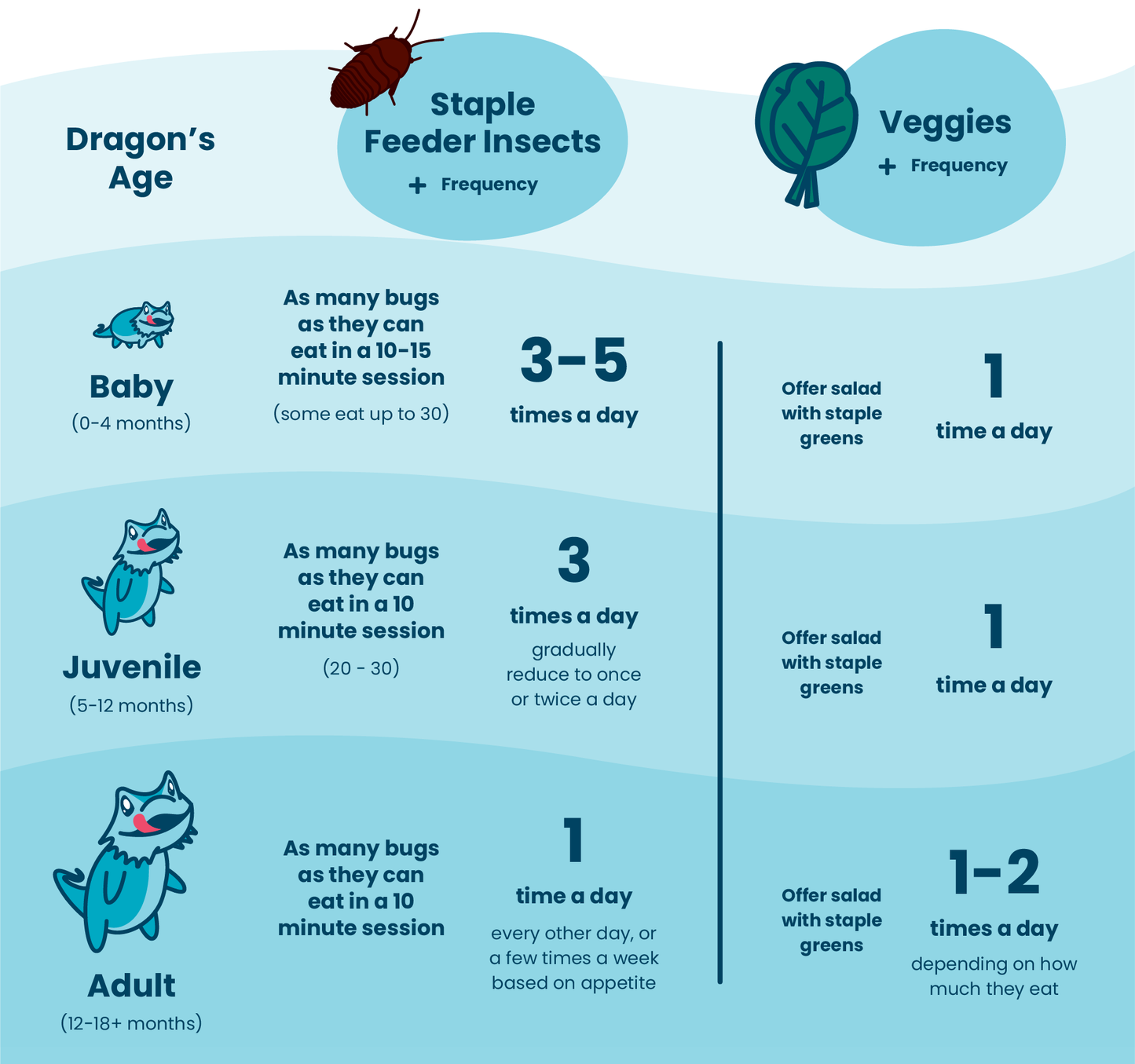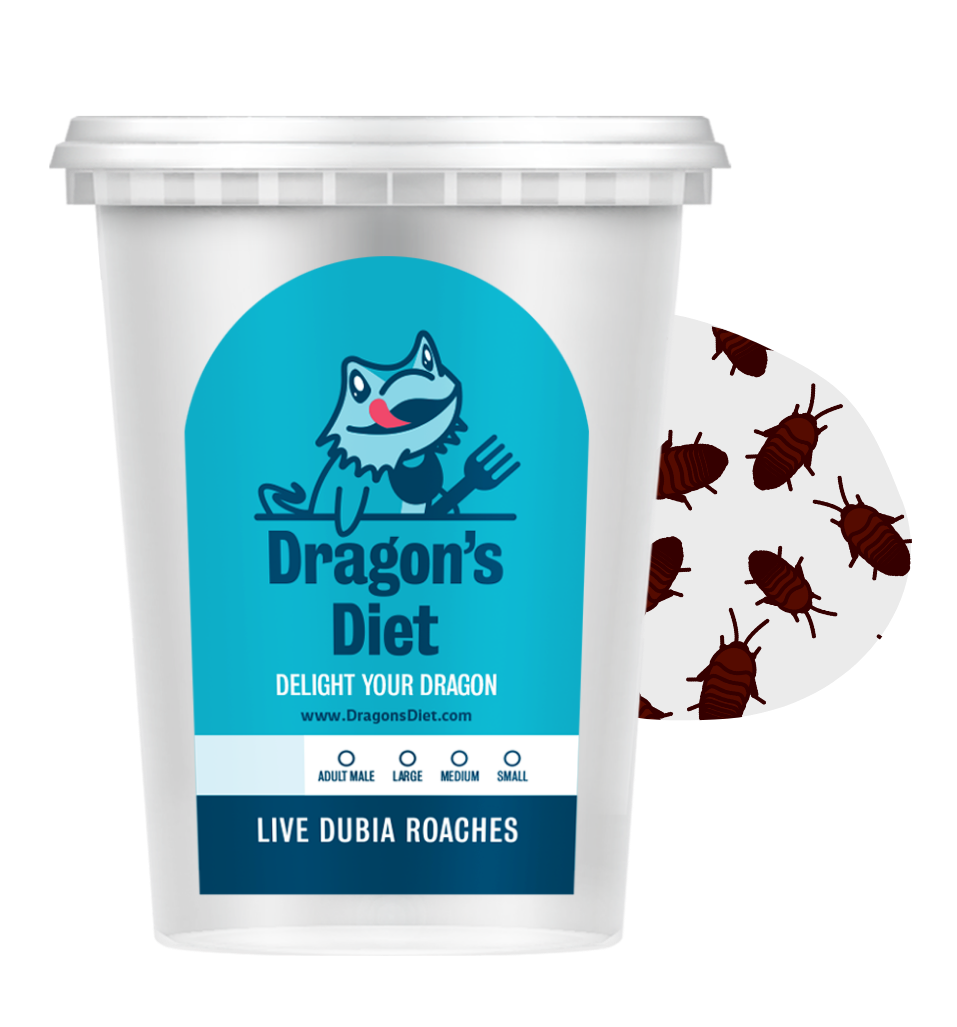No. Leopard geckos can’t climb glass.
The gecko species is famous for its gravity-defying climbing abilities. In fact, scientists have been studying geckos for years, trying to figure out how exactly they are able to climb up, and even hang upside down on glass-like surfaces.
However, not all geckos are endowed with these science-baffling climbing abilities that the species as a whole is famous for. Leopard geckos are one such example.
Can Leopard Geckos Climb Up Glass?
Because their natural habitat is the arid desert regions of the Middle East and northern India, leopard geckos didn’t develop the toe pads that enable other geckos to stick to various surfaces.
Most geckos’ feet and toes are covered in tiny ridges, which in turn are covered in millions of microscopic hairs known as setae.
Scientists are still trying to figure out how exactly these ridges and setae work together to make geckos’ feet so sticky. What we do know, however, is that these are what give most geckos their gravity-defying abilities.
Leopard geckos’ feet don’t have these ridgest and setae. Because of this, leopard geckos can’t climb up glass or other smooth surfaces.
However, this doesn’t mean that leopard geckos don’t like to climb.
Do Leopard Geckos Like to Climb?
Absolutely! During their active time of day – from dawn to dusk – leopard geckos love to explore, climb, and generally find various ways to entertain themselves.
In its natural environment, your leopard gecko would’ve had plenty of rocks, desert plants, and other natural structures to climb on and explore. You can easily mimic this in the enclosure you create for your leo.
What Do Leopard Geckos Like to Climb On?
Fortunately, you have lots of options when it comes to building climbing structures in your leopard gecko’s enclosure. You can include a variety of structures and obstacles like:
- Rocks
- Slate
- Bridges
- Branches
- Driftwood
Not only do these structures mimic your leo’s natural environment, but they create opportunities for near-endless fun and adventure. So, although leopard geckos can’t climb glass the way other gecko species can, they still love to climb.
Pro Tip: When creating climbing structures for your leopard gecko, don’t make them so high that your leo risks falling.
If your leo’s enclosure lacks climbing structures, hides, dirt for digging, and other means of adventure and entertainment, you may find your leopard gecko engaging in the strange – and perhaps slightly annoying – behavior called “glass surfing.”

Glass Surfing
Although leopard geckos can’t climb glass, it’s not uncommon for them to engage in “glass surfing.”
When glass surfing, your leopard gecko appears as if it’s trying to climb the glass sides of its enclosure. It may have its nose and forehands pressed up against the glass. It may even be standing on its hind legs with its forehands waving or stretching at the glass.
This is very common behavior for leopard geckos, especially for juveniles, so it’s not cause for immediate alarm.
Possible Reasons Why Your Leopard Gecko is Glass Surfing
Leopard geckos glass surf for many reasons, not all of which are cause for concern. However, glass surfing can sometimes be a sign that your leo is experiencing distress or health problems. Here are some common reasons leopard geckos glass surf:
Exploration
Juvenile leopard geckos love to explore their surroundings. This includes discovering the extreme boundaries of their enclosure. You may even notice mature leopard geckos “testing” the boundaries of their enclosure, just to make sure they’re still there.
Boredom
Leopard geckos love to explore. They need things like climbing structures, hiding spots, and even digging-dirt to keep themselves entertained. If your enclosure lacks sufficient variety – or if your leo gets tired of its current setup – your leopard gecko may entertain itself by glass surfing.
Hunger
Some leopard geckos glass surf because they don’t have sufficient food and they’re looking for something else to eat. If you notice your leo glass surfing especially around feeding time, it’s trying to tell you that you aren’t giving it enough food. You can try increasing either the frequency or quantity of its feed. An extra Dubia roach or two will go a long way to curb this behavior.
Cold
Sometimes your leopard gecko may be glass surfing in an attempt to get closer to warmth. If you keep heat lamps above its enclosure, your leopard gecko may try to climb the glass to get closer to the heat source. This is especially true if the enclosure isn’t warm enough.
Pro Tip: Your leopard gecko’s enclosure should be between 83ºF and 86ºF with a basking area around 95ºF.
Mites
Mites can cause your leopard gecko all sorts of problems. They are irritating, can cause painful bites, and can even get into your leo’s eyes. Glass surfing can be a sign that your leo is trying to get away from this irritating problem.
Additionally, the following signs may indicate that your leo’s enclosure has mites:
- Your leo is clawing at its eyes or rubbing against things
- Your leo isn’t shedding properly
- Your leo is lethargic
- Your leo is eating more than usual
If you suspect your leopard gecko has mites, use a magnifying glass to take a closer look at your pet. Pay special attention to the areas around your leo's eyes and the folds in its skin.
Other Leopard Geckos
Leopard geckos don’t enjoy living together with other leopard geckos.
In their natural habitat, leopard geckos prefer a solitary existence so that they don’t have to compete with each other for limited resources.
This is especially true for male leopard geckos. All experienced leopard gecko keepers agree that cohabiting two or more male leos inevitably leads to injury and possibly death for one if not all the leos in the enclosure.
However, this can also be true when cohabiting a male and a female, or even two or more females. If you decide to cohabit your leopard geckos, be on the lookout for the telltale signs of bullying:
- Tail thinning
- Wounds and injuries
- Glass surfing
When male-female cohabiting, having at least three females to one male helps spread out the male’s attention and minimize his aggression.
As you can see, glass surfing isn’t an immediate cause for alarm. But if you notice your leopard gecko attempting to climb the glass sides of its enclosure, be sure to keep an eye on it to discover why it’s glass surfing.
Takeaway: Leopard geckos can’t climb glass, but they may engage in a behavior known as “glass surfing,” which looks like an attempt at climbing glass. Glass surfing is often harmless, but can be indicative of problems in the enclosure. A glass surfing leopard gecko should be monitored for signs of distress or health issues.
If you have questions or would like to give feedback, please email us at team@dragonsdiet.com


